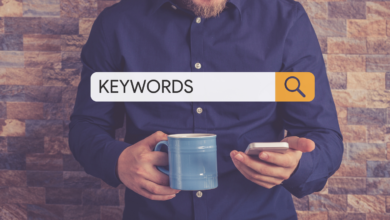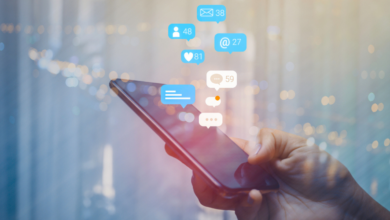TikTok Updated Community Guidelines To Include AI Content

TikTok has updated its Community Guidelines, which will take effect on April 21, 2023.
the Updated guidelines Introducing the TikTok Community Principles, which guide content moderation in support of human rights and international legal frameworks.
TikTok has worked with more than 100 organizations globally to strengthen its bases to counter new threats and reduce potential harm to the user.
Major changes to the Community Guidelines apply to synthetic media, tribes, and civic and electoral integrity.
Content generated by artificial intelligence
TikTok defines “artificial media” as content created or modified by AI. While AI and related technologies allow creators to express themselves in many new ways, they can also blur the line between fact and fiction for viewers.
Creators should label synthetic or modified media as such to mitigate potential risks of spreading misinformation.
To minimize potential harm, synthetic media featuring real individuals is prohibited. Private individuals include anyone under the age of 18 and adults who are not public figures. Public figures over 18 — government officials, politicians, business leaders, and celebrities — are allowed to use, but with restrictions.
Content creators must not use synthetic media to violate policies against hate speech, sexual exploitation, and severe harassment. They must also clearly disclose synthetic media and manipulated content that depict realistic scenes of fake people, places, or events.
Public figures may not use synthetic audio or video for political or commercial endorsements to mislead users about financial or political issues.
However, you can use synthetic media in artistic and educational content.
protect the tribes
TikTok’s policies already include rules intended to protect people and groups with specific traits from hateful behavior, hate speech, and hateful ideologies.
With new guidelines, the platform has added tribes to its roster protected featuresincluding race, gender, ethnicity, religion, and sexual orientation.
While TikTok allows critical content on public figures, as defined above, it prohibits language that harasses, insults, threatens, or belittles everyone.
Users can consult Resources and tools Provided by TikTok to identify bullying behavior and configure their settings to prevent it from affecting them further.
Civil and electoral integrity
Noting that elections are essential for community dialogue and upholding societal values, TikTok recently emphasized its purported efforts to encourage substantive discussions while maintaining unity.
To achieve this goal, political promotion, advertising and fund-raising by politicians or parties are prohibited. This policy applies to traditional ads and paid creator content.
TikTok claims to support the exchange of informed civic ideas to promote constructive conversations without allowing misinformation about voting processes and election results. Content that makes unverified claims about election results will not be eligible to appear on the For You feed.
Before these changes go into effect next month, brokers will receive additional training to apply them effectively.
Will the recent changes prevent more TikTok bans?
TikTok’s updated Community Guidelines and Explanation of Community Principles appear to attempt greater transparency and promote a safe, inclusive, and authentic environment for all users.
TikTok plans to continue investing in safety measures to encourage creativity and communication within its global community of one billion users globally.
TikTok’s latest changes to improve transparency, reduce harm, and provide higher-quality content to users may be part of efforts to prevent the app from being banned in the US.
This week, the House Energy and Commerce Committee will convene a full panel he heard With TikTok CEO Shou Chew on how Congress protects the data privacy of US users and children from harm online.
Organizations such as the Tech Oversight Project have also expressed concerns about the risks posed by big tech companies such as Amazon, Apple, Google and Meta.
Featured image: BigTunaOnline/Shutterstock




